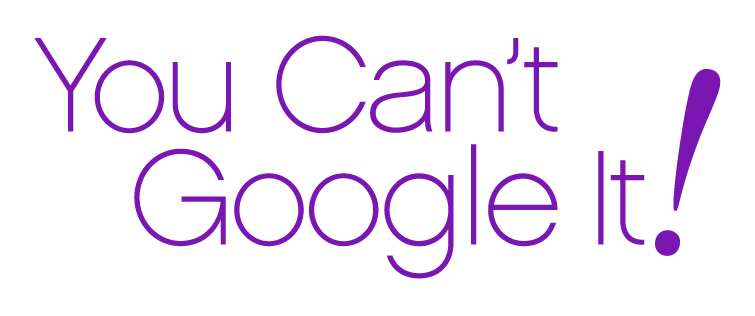Role Shifting Requires Mind Shifting - PART ONE
/Succession and transitioning planning has been made more urgent with the devastation in health and the economy triggered by the pandemic as well as the long-needed focus on changes toward social justice. Businesses facing reality acknowledge that even afterwards, the next normal is not going to look or feel like the old normal. And with this reality comes a greater need for organizations and individuals to plan for and accept the need for role shifts. These will affect leadership roles as well as creation of new responsibilities and training for newly needed skills.
Since 2005, when I started consulting on succession and transitioning planning, I have been asked for advice on what roles shifts make sense and how to achieve them. While at that time, the focus was on senior professionals and executives who firms wanted to put on a glide path toward retirement and create opportunities for younger top leaders, Covid-19 has increased the number of possible scenarios. Resistance to the proposed shifts often was based around compensation policies regarding the new roles and perceived personal value and respect. To make the role shifts doable and satisfying, they have to not be perceived as demotions for the individuals involved either by the person in the new role or others both in the organization or clients and other stakeholders. A culture of widespread respect and cooperation is paramount.
Why Role Shifts Are More Necessary Today – even without a pandemic
Required retirement age has been largely abandoned. Chronological age doesn't necessarily correlate with competence. Our work of more than a decade as well as surveys by other respected consultants and legal media, have found that fewer senior workers (Boomers) want to retire. Often, they still enjoy their work, and it has been their life. People are often more physically fit to work than in past generations.
Gen X and older Millennials are eager to move into key roles serving clients as well as management and practice area or division leadership. Impatience and frustration about “waiting their turn” has been fairly widely expressed and evidenced by looking for greener pastures.
More Millennials are interested in lattice careers, in which they may learn and perform new roles and functions needed by an organization to keep growing, and not just view partnership or regular promotions as the only satisfying career path. Some have a wider perspective on what “career opportunity” means. More professionals of various generations, especially below management levels, are unhappy or disappointed with their roles. They may want to stay in the field but in different functions.
There are new needs in today's organizations/firms that call for creation of new roles to be filled. Some recent examples are in the areas of strategy, wellness, knowledge management, training, information technology, AI and innovation and roles in business development with greater authority than offered in the past.
Over the last 15 years, we have seen professionals and executives slowly shift into newly created “official” responsibilities and titles such as director of training, coaching, mentoring and “elder statesman” to continue the long-established bond with clients, customers and referral sources. Many of these roles in professional services firms (law, accounting, etc.), for example, had no special compensation commensurate with the value of the role, which was a disincentive financially and often led to reduced respect and perceived value compared with the individual’s previous role or title.
The massive disruption attributed to the Covid-19 has resulted in loss of personnel and pressure to address new needs, especially wellness (both physical and mental), aging of the Boomer workforce, and changing demographics requiring organizations and the public to address and learn to work with a workforce and client base diverse in myriad ways beyond only race/ethnicity and gender. It has brought us to a tipping point and the need for cross-generational and cross-cultural conversations.
Businesses and other organizations must address:
Assessment of new roles needed
How many people and who will be required to shift roles to stay employed
What skills will be needed, who must be trained, how and where
Compensation and other appropriate recognition
Making role shifts an accepted and respected part of the culture.
PART TWO next time addresses:
Dealing with resistance and structural change
Some examples of possible new roles and titles
How individuals can achieve more challenging roles.
Call to Action: I would like to share your thoughts on role shifts, positive and negative. Please send newly created roles you have experienced or observed as well as those you see a need for. Go to https://www.youcantgoogleit.com/contact or send to pwhaserot@pdcounsel.com.
© Phyllis Weiss Haserot 2020.


